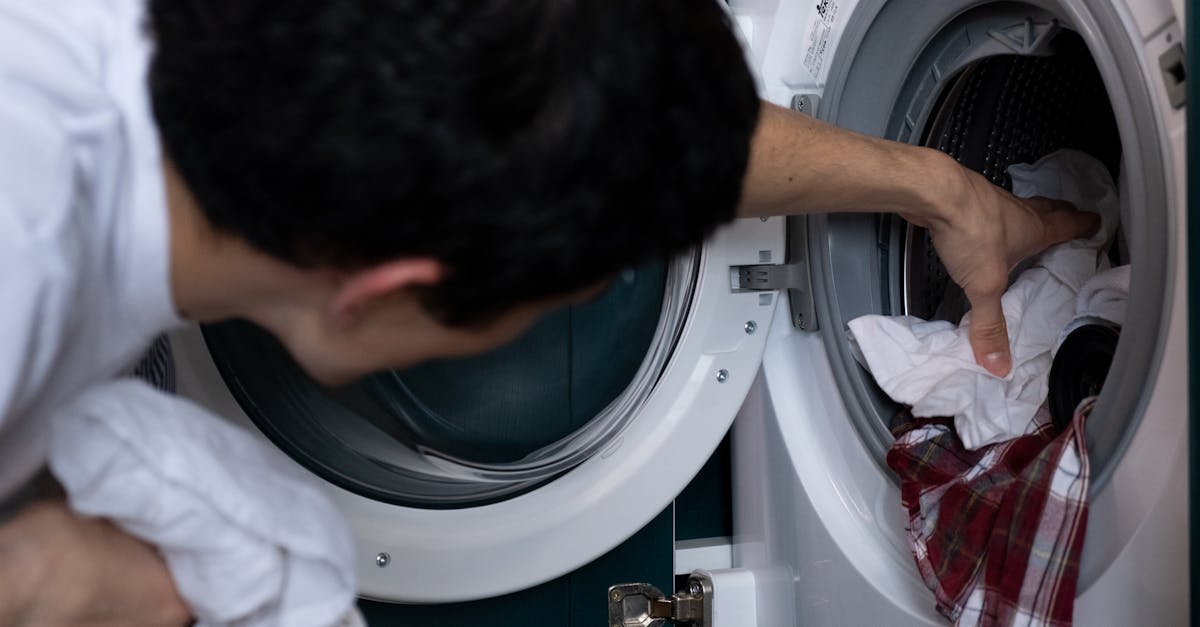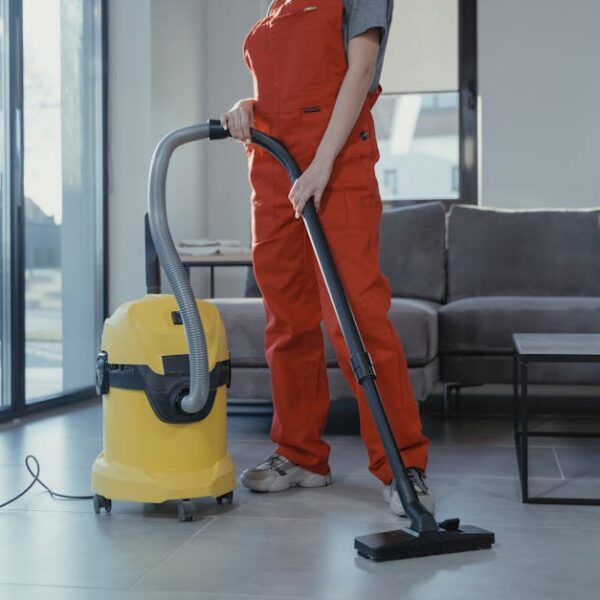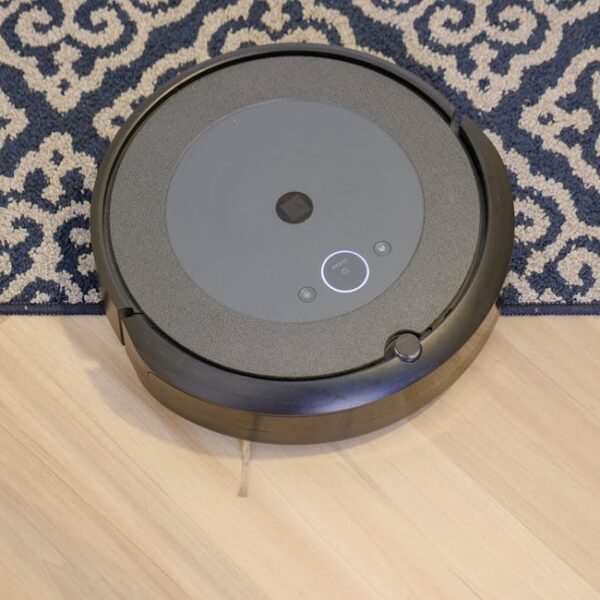Determining the right size of washing machine for your needs goes beyond simply measuring space in your laundry room. It involves understanding several key aspects including your laundry needs, energy consumption preferences, budget, and the washing machine’s features. We’ll navigate through these important considerations in this comprehensive guide.
Understanding the Basics of Washing Machine Sizes
Washing machine sizes typically range from compact, under 3 cubic feet (cu.ft), to extra-large, over 5 cu.ft. These sizes are not determined by the external measurements, but by the internal space, particularly, the drum or tub. Different types of washing machines exhibit contrasting sizes. For instance, front loaders are typically smaller than their top-loading counterparts.
Choosing the right washing machine size is critical for both functionality and energy-efficiency. A machine too small may require more cycles to clean your laundry, but one too large might end up wasting water and power.
Pro tip: When measuring your laundry room, ensure to leave an extra 6 inches behind the washing machine for hook-ups, an extra 1 inch on the sides for clearance, plus enough space to open the door or lid comfortably.
Evaluating Your Laundry Needs
A primary factor influencing the size of the washing machine you need is the amount of laundry you do per week. To give you perspective, a compact washing machine of about 2.5 cu.ft can comfortably handle 8 pounds of laundry, while an extra-large one goes up to 20 pounds or more.
The household size and frequency of use directly impact your laundry load. An interesting note is that different types of clothing may require different drum sizes. Bulky items like blankets or comforters might require a larger drum to accommodate the fabric bulk and weight for efficient cleaning.
Checklist:
- How many people are in your household?
- How often do you do laundry?
- What types of clothes do you often wash?
Pro tip: Consider washing clothes by type, not only colour. For instance, wash towels separately from clothing to reduce lint problem and ensure both are washed effectively.
Choosing the Right Size for Your Space
While the drum’s size influences the washing machine’s capacity, external dimensions are critical in ensuring it fits in your allocated space with adequate clearance. On average, most washing machines have width 27 inches, depth 30 to 34 inches, and height 36 to 42 inches. Be keen on access space, venting requirements, plus hose and plug point positioning.
Surprisingly, even with the limited space, you can still find suitable options. Compact washing machines, portable washers or washer-dryer combos are ideal for cramped spaces.
Comparison:
| Washing Machine Type | Average Size (W x D x H) | Suitable For |
|---|---|---|
| Top-Loading | 27 x 26 x 42 | Spacious rooms, heavier wash loads |
| Front-Loading | 27 x 30 x 36 | Space constraints, stacking purposes |
Best Practice: Always take multiple measurements of the intended installation space to account for any potential discrepancies.
Energy Consumption and Washing Machine Sizes
Contrary to popular belief, a larger washing machine doesn’t necessarily consume more energy. Modern washing machines come with energy-efficient features that balance water and power usage according to the laundry load. Energy labels, from A+++ to D, signify the machines’ energy-efficiency where A+++ is the most energy-efficient.
However, selecting a larger machine than necessary can lead to inefficient usage, particularly if you run it below its capacity regularly.
Pro tip: Make use of the economy function present in many modern machines for managing small wash loads.
Comparison:
| Washing Machine Size | Average Energy Consumption per year |
|---|---|
| Compact (Under 3 cu.ft) | 140 kWh |
| Medium (3 – 4.5 cu.ft) | 150 – 180 kWh |
| Large (Over 5 cu.ft) | 170 – 200 kWh |
Price and Washing Machine Sizes
The washing machine’s size does influence its cost – a larger washing machine generally costs more. However, this trend isn’t always consistent because the price heavily relies on the machine’s brand, type, and advanced features like smart technology, programmable timers, or steam function.
It’s essential to carefully weigh these factors when deciding on the right size for your budget. Opting for a straightforward, larger machine could be cost-effective than a compact, feature-laden one or vice versa.
Checklist:
- What’s your budget range?
- Are you prepared to pay a premium for more advanced features or brand prestige?
- Are you comfortable with the ongoing costs, i.e., energy and water use?
Pro tip: Reach a perfect balance between the washing machine’s size, features, brand, and cost by prioritizing your needs. For instance, can you trade-off smart features for a bigger size, or would you sacrifice brand prestige for cost-effectiveness?
In conclusion, determining the right washing machine size is a combination of practical needs and personal preferences. By taking into account your laundry needs, physical space, energy efficiency, and budget, you’ll find a washing machine that seamlessly fits your lifestyle.
Key Takeaway:
- Washing machine sizes range from under 3 cubic feet (compact) to over 5 cubic feet (extra-large), and this size refers to the capacity of the drum or tub, not the external measurements.
- Choosing the right size is based on practical needs (such as laundry load, household size) and additional considerations (like allocated space, energy consumption preferences, and budget).
- Front-load washing machines are typically smaller than top-loaders and could fit constrained spaces better.
- Larger washing machines do not essentially consume more energy, as modern machines feature energy-efficient technologies.
In your quest for the right washing machine, remember it’s not just about catering to today’s needs. Consider and visualize your future needs and assess whether your chosen machine will adapt appropriately. Also, let the buying process not be a daunting chore but an exciting journey of finding the perfect appliance that suits your lifestyle.
How Does Washing Machine Size Affect the Efficiency of My Dishwasher’s Salt Usage?
Washing machine size can significantly influence the optimal salt balance for your dishwasher. A larger washing machine may require more water, potentially leading to increased salt consumption. To maintain efficiency, ensure compatibility between your washing machine and dishwasher, promoting the ideal conditions for effective salt usage and sparkling clean dishes.
FAQs
Q: Do I need a larger washing machine if I wash clothes frequently?
A: Not necessarily. The frequency of washing does not necessarily equate to the need for a larger machine. It’s more about the total laundry load you manage per week. Assess if you’re washing small loads frequently or do you accumulate larger loads for a weekly wash.
Q: I live in a small apartment. What type of washing machine is suitable for me?
A: Compact washing machines, portable washers or washer-dryer combos are ideal for constrained spaces. Front-loading machines might suit you better as they tend to have smaller dimensions than top-loading washing machines.
Q: Will a cheaper washing machine consume more energy?
A: Not necessarily. The price of a washing machine does not directly determine its energy consumption. There are cost-effective models in the market that come with energy-efficient features.
Q: Can a larger washing machine handle all types of clothes?
A: While a larger machine has a higher capacity, remember that certain types of clothes, like bulky blankets or delicate fabrics, may require special considerations. Always adhere to the care label instructions on your clothing.
Q: I’m single and live alone, but I have a spacious laundry room. Should I invest in a large washing machine?
A: Investing in a large washing machine might not be a practical choice if your laundry load is usually small. You could be wasting water and power with every wash cycle. It’s best to choose a machine that matches your laundry needs.
Do you find our guide helpful? Share it and explore more informative posts about home appliances on our website.












